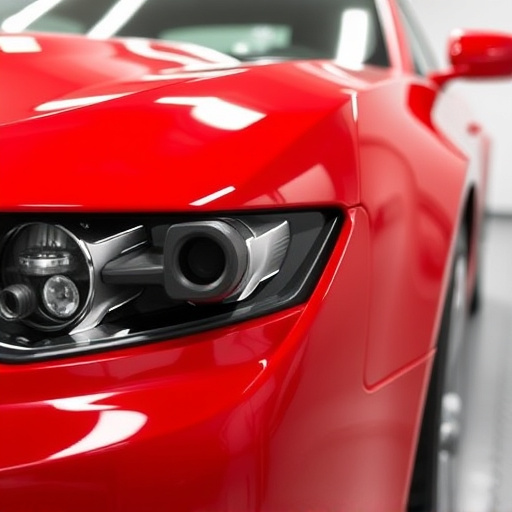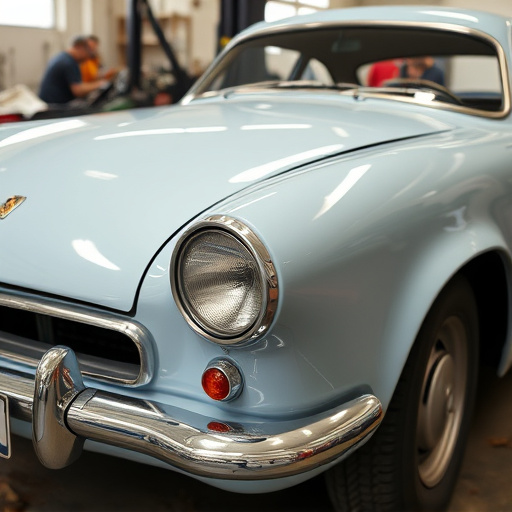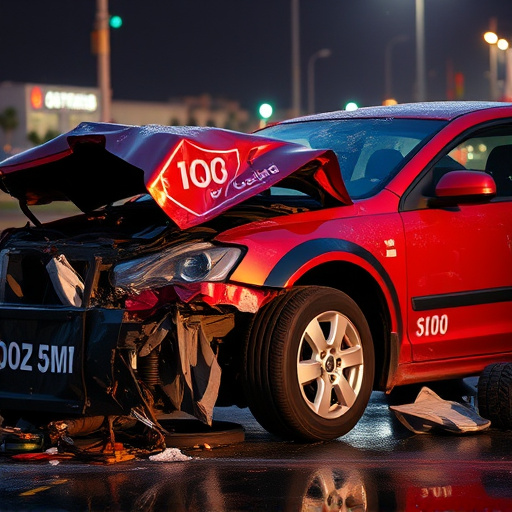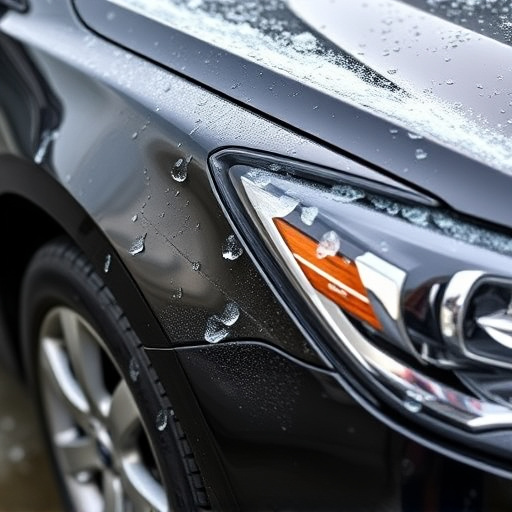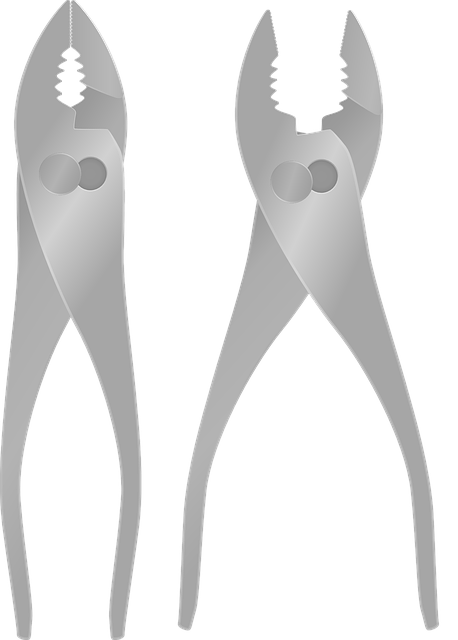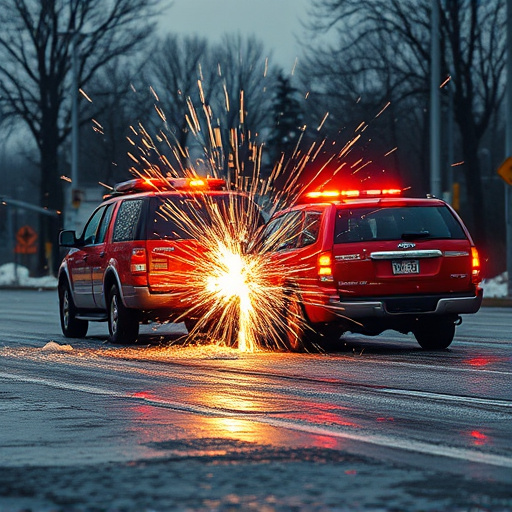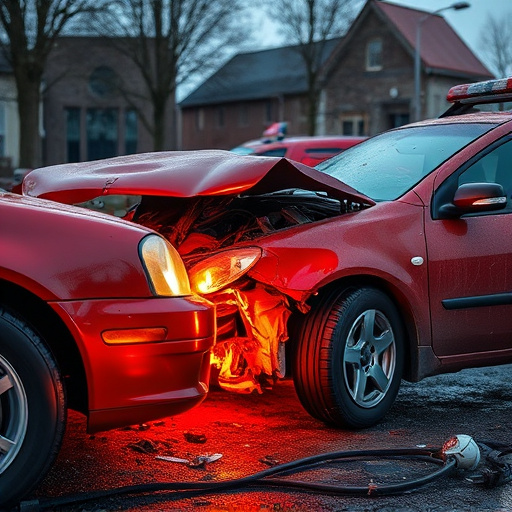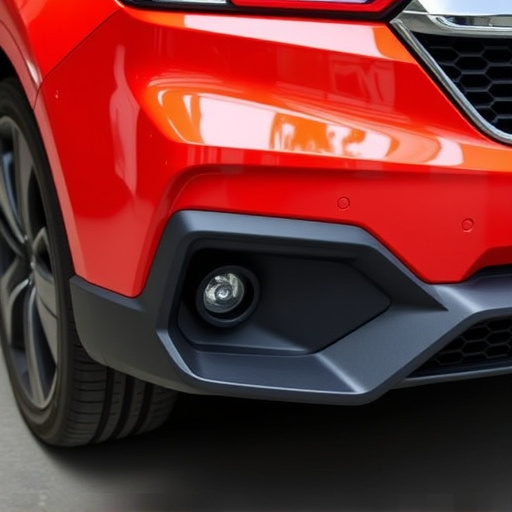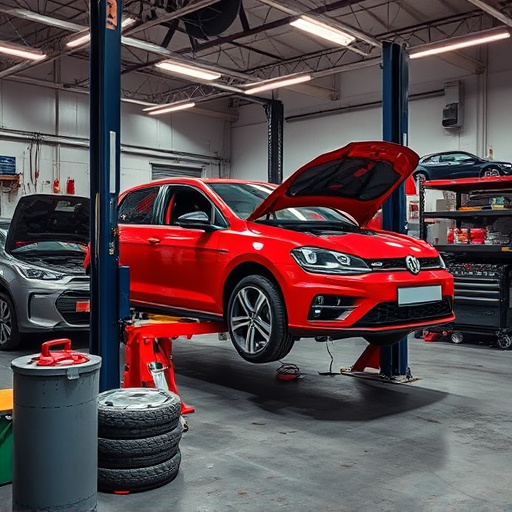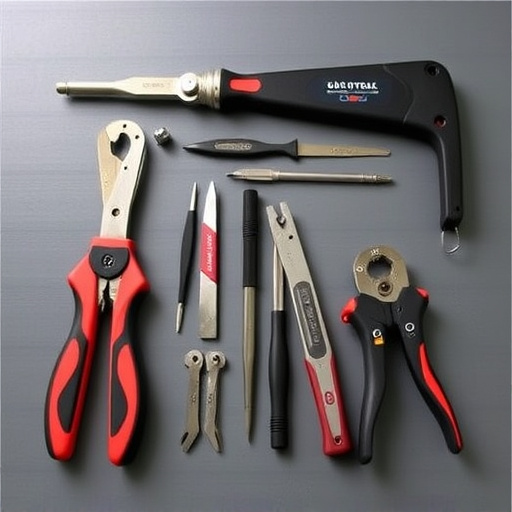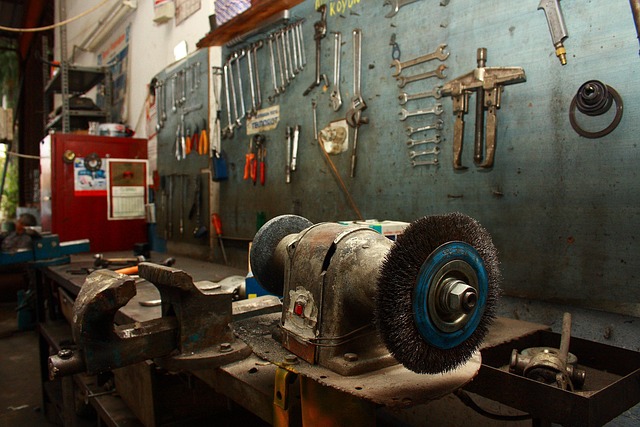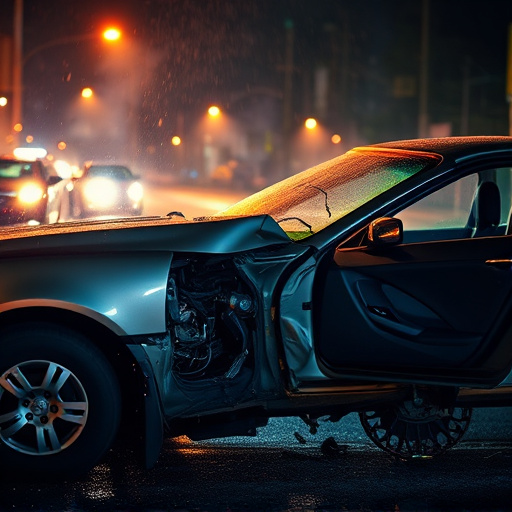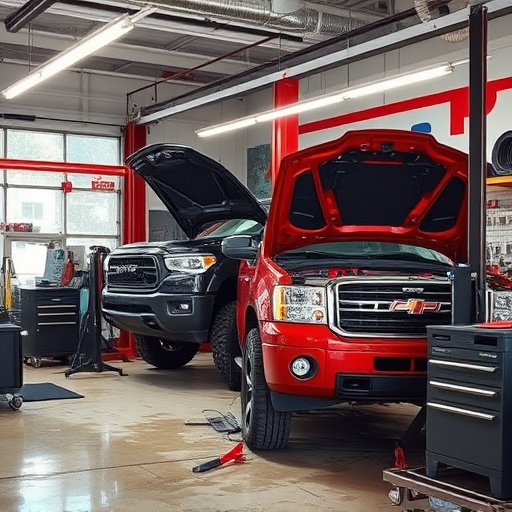All vehicles are susceptible to dents from everyday occurrences like collisions and weather. Effective vehicle dent fixing involves assessing damage, considering car model for tailored methods – paintless dent repair (PDR) or panel replacement. Proper preparation, using tools like a dent gauge and pullers, leads to seamless finishes that match original condition, preserving aesthetics and resale value through professional collision repair services.
Vehicle dent fixing is a vital skill for car owners, especially when dealing with diverse vehicle models. This comprehensive guide navigates through the intricacies of addressing common car dent types and causes, offering tailored repair solutions. From understanding the science behind various dents to implementing effective fixing methods, this article equips you with the knowledge to tackle dents efficiently. Learn how to choose the right techniques for different car models and master a step-by-step approach for successful vehicle dent fixing.
- Understanding Common Car Dent Types and Causes
- Choosing the Right Dent Repair Methods for Different Models
- Step-by-Step Guide to Effective Vehicle Dent Fixing
Understanding Common Car Dent Types and Causes
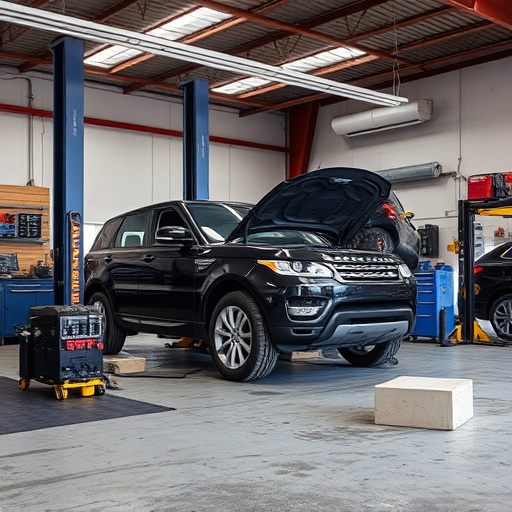
Vehicles, from sleek sedans to robust SUVs, are susceptible to dents, a common outcome of everyday driving experiences. Understanding these dents and their causes is pivotal when considering vehicle dent fixing for various car models. Dents can arise from diverse sources, such as minor fender benders, parking lot mishaps, or even harsh weather conditions. One of the most prevalent types is the door ding, often caused by nearby vehicles during parallel parking or tight spaces.
Another common dent is the side-impact damage, frequently occurring in traffic accidents where one vehicle collides with another at an angle. Collisions can also lead to significant fender dents, requiring professional attention from a collision repair shop. These incidents can cause not only physical damage but also impact the overall aesthetics of the vehicle. Efficient vehicle dent fixing techniques are essential for restoring these cars to their original condition, ensuring both safety and aesthetic appeal, particularly in cases involving body panel repairs or paintless dent removal at a collision repair center.
Choosing the Right Dent Repair Methods for Different Models
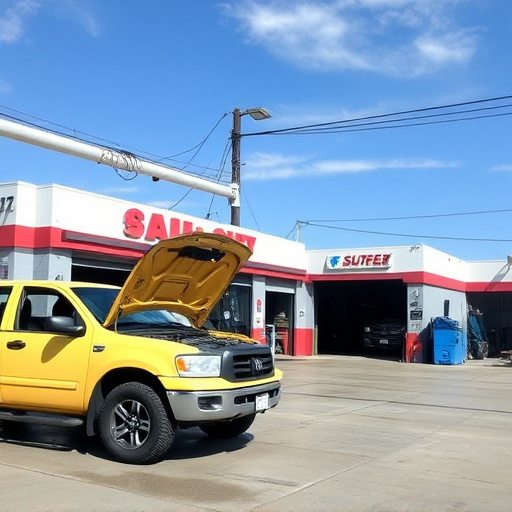
When it comes to vehicle dent fixing, choosing the right repair method is essential for each car model. One size does not fit all when it comes to auto body repair. Different vehicles have unique shapes, sizes, and materials that can affect how dents are removed and what tools are most effective. For instance, modern cars with complex paneling may require specialized equipment and techniques compared to older models with simpler designs.
Selecting the appropriate method for your specific car model ensures the best results in vehicle dent fixing. A reputable vehicle body shop will assess the damage, consider the vehicle’s make and model, and recommend either paintless dent repair (PDR) or traditional auto body repair methods like panel replacement. Additionally, if there are other issues such as auto glass replacement needed alongside dent fixing, it’s crucial to find a shop that offers comprehensive services to streamline the process and ensure safety and quality throughout.
Step-by-Step Guide to Effective Vehicle Dent Fixing
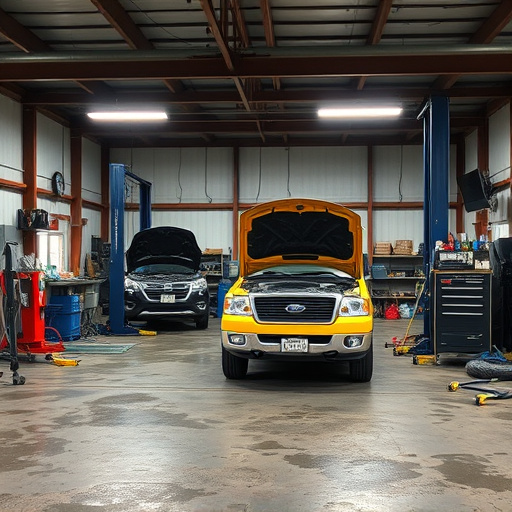
Vehicle dent fixing is a crucial aspect of maintaining your car’s aesthetics and value. Here’s a step-by-step guide to ensure effective results, regardless of your vehicle model or dent size. Start by preparing the area around the dent, removing any debris and ensuring the surface is clean and dry. Next, assess the depth and location of the dent using a dent gauge, which will help determine the best repair method.
For minor dents, a DIY approach with a dent puller or metal rod can be effective. Insert the tool carefully under the dent, applying gentle but steady pressure to pop it back into place. After the dent is corrected, use automotive-grade filler and primer to smooth over any imperfections, matching the surrounding panel’s texture and colour. Allow sufficient time for drying, then sand the area gently for a seamless finish. For more severe cases or complex shapes, consider professional collision repair services, where experienced technicians employ advanced tools and techniques, including PDR (Paintless Dent Repair) methods, to restore your vehicle’s original condition, ensuring top-notch results and minimizing paint damage during the automotive repair process.
Vehicle dent fixing is a crucial aspect of car maintenance, catering to various models and damage types. By understanding different dent causes and selecting appropriate repair methods, you can effectively restore your vehicle’s aesthetic appeal. Following our step-by-step guide ensures a thorough fix, leaving your car looking as good as new. With the right approach, tackling vehicle dent fixing becomes a manageable process for all car owners.
